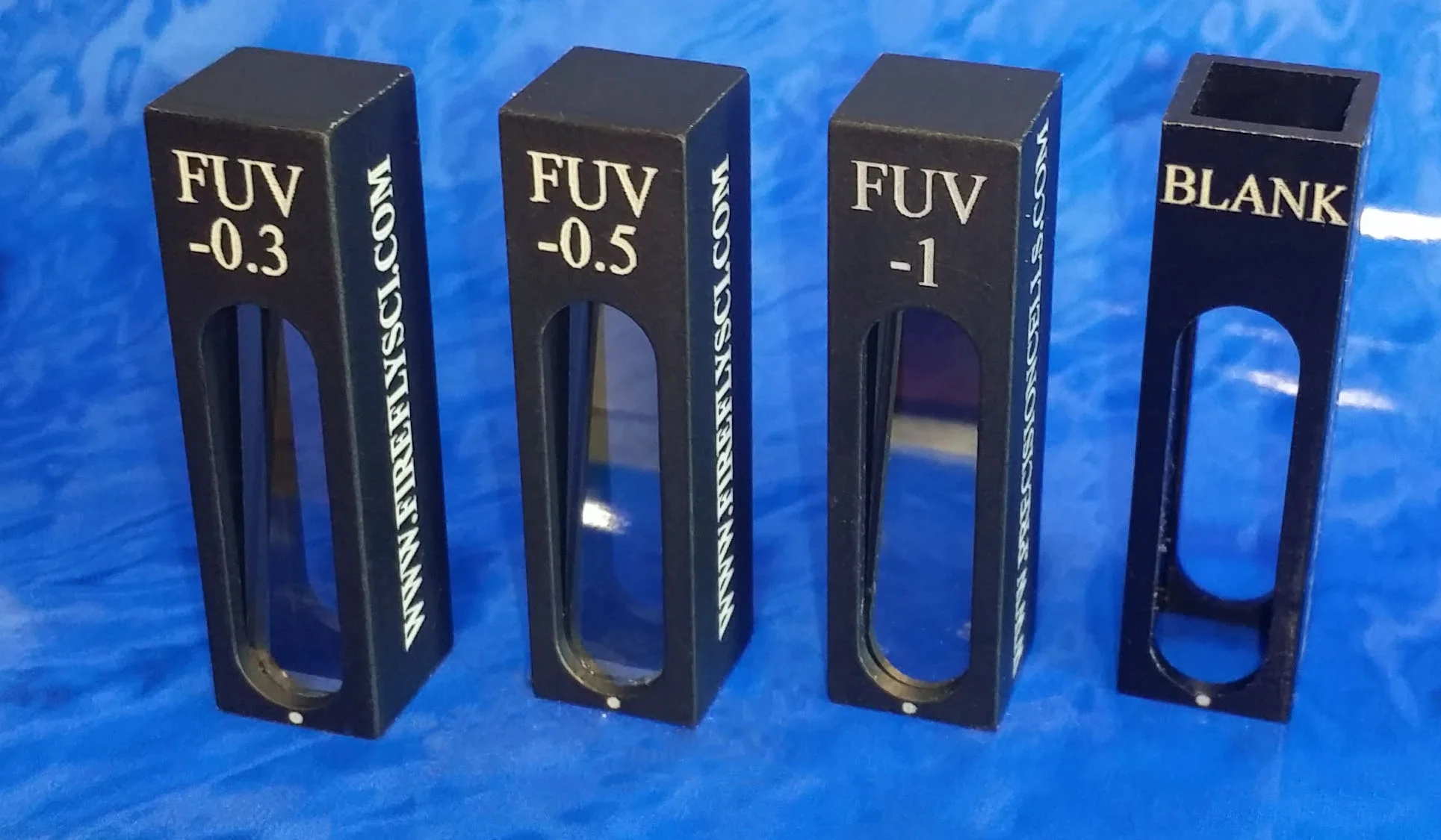Quartz Cuvette Tips and Tricks
/Are you getting some strange readings during your experiments? Read on to find some possible causes and solutions.
There are many different variables when performing experiments with a quartz cuvette. Sometimes the cells can give some strange readings that make no sense. Well there may be a few reasons for this. In this article, we will go over some of the most basic issues that can be messing up your experiments.
Let’s go!
Quartz Cuvette Tip #1 – Clean those Cuvettes!
Let’s start with dirty cuvettes. Someone once asked us what kind of readings they could expect to see if they used a dirty cuvette. On a spectrophotometer which measures how much light is absorbed, it is safe to say that less light will reach the sample in a dirty cuvette. Therefore, the machine will interpret this as more light being absorbed.
So, in other words, if the cuvette is dirty, the readings will be off. Cleaning a cuvette can be one of the most frustrating and time consuming things to do. Getting a cuvette washer and checking out our Quartz Cuvette Cleaning guide are both great ways to help you reduce the time you spend cleaning your cuvettes.
Quartz Cuvette Tip #2 – Make Sure To Dry Cuvettes
Most people are in a rush will not fully dry a cuvette before using it. Leaving a cuvette with water or cleaning solution still inside. This is a big problem. When water/cleaning solution is on the inside it can contaminate the test solution. Also, it will throw off your numbers when you are trying to calculate the proper dilution.
If the water or cleaning solution is on the outside, they there will be no issue with contamination of the sample. However, if the water/CS is in the optical beam, the results will be incorrect. You have to be 100% certain that you completely dry the outside of a cuvette before you place it in the spectrophotometer.
Getting a lens cloth and a can of compressed air will help cut down on drying times. Simply turn the cuvette on its side like the photo on the left and give it a shot or two with the compressed air. Compressed air is great because it dries out the corners of a quartz cuvette where water tends to get stuck.
To use a lens cloth, just slide the cuvette through your fingers that is holding the lens cloth. The thumb and pointer fingers work best for this and using this method you can dry two sides of a cuvette at a time. Rotate the cuvette 90 degrees and do the other two sides and you are done. The whole process with the compressed air and lens cloth takes about 30 seconds.
Let’s learn some more useful tips.
Quartz Cuvette Tip #3 – Always use a Pipette to Fill a Cuvette
No matter how good your pouring skills are, eventually you will spill sample on the outside of the cuvette and/or tip the cuvette over. Using a cheap plastic transfer pipette is fast, accurate and will make sure you don’t spill anything.
You can find some inexpensive quartz cuvette pipettes here.
Quartz Cuvette Tip #4 – Always use a Cuvette Rack
Best way to fill a cuvette with a cuvette rack and a transfer pipette.
Cuvette racks are so important to have if you use cuvettes. In fact, we did a whole article on why a cuvette rack is so useful. You can find the link to the full article below, but basically a cuvette rack gives you added stability when filling quartz cuvettes. It also gives you a convenient and safe place to let them air dry.
Take me to the Cuvette Rack article.
Quartz Cuvette Tip #5 – Make Sure to Wear Gloves
I’m guilty of this myself. “Eh, the glove box to too far across the lab to get. It won’t hurt if I pick up the cuvette with my bare hands just this one time.” Well that one time turns into two times… and three… and you see where this is headed.
Picking up a quartz cuvette with your bare hands will dirty the cell. The oils and dirt on your hands will transfer to the quartz. This means that this oil and dirt will affect the transmission properties of the optical surfaces.
When your experiments are getting strange readings, most likely the cuvettes and the spectrophotometer are fine. So make sure you follow the simple tips above and it will save you time and aggravation.
If you have any tips that we should add let us know in the comments below.
Here’s to your success!
The FireflySci Team
![firefly_logo_FINAL [Black].jpg](https://images.squarespace-cdn.com/content/v1/5411d5c0e4b02e1c8b27565a/1434491508803-XB4OF7YDY46Z72L5U5AP/firefly_logo_FINAL+%5BBlack%5D.jpg)













